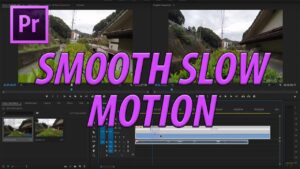Mastering Slow Motion: A Comprehensive Guide on How to Create Slow Motion Effects in Premiere Pro
Introduction: Slow motion is a powerful cinematic technique that allows filmmakers and video editors to emphasize moments, enhance visual storytelling,...
 How to Receive International Payments Securely as a Freelancer
How to Receive International Payments Securely as a Freelancer  How to Write Professional Proposals That Get You Hired
How to Write Professional Proposals That Get You Hired  How to Manage Freelance Projects and Deadlines Effectively
How to Manage Freelance Projects and Deadlines Effectively  How to Set Up a Local Network for File Sharing Between Computers
How to Set Up a Local Network for File Sharing Between Computers  Understanding Cloud Computing: How to Store and Access Files Online
Understanding Cloud Computing: How to Store and Access Files Online 















